Bed Linen

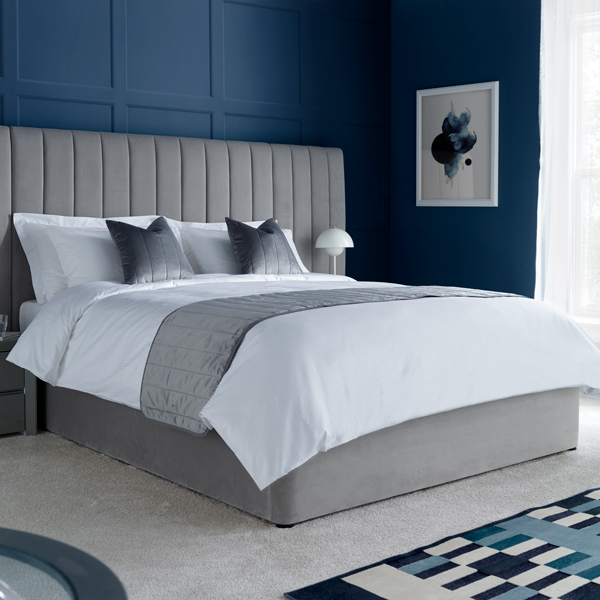
Duvet Covers
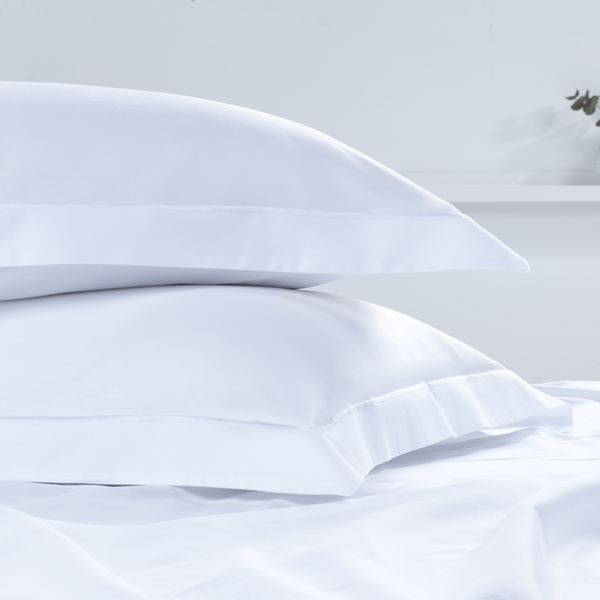
Pillowcases
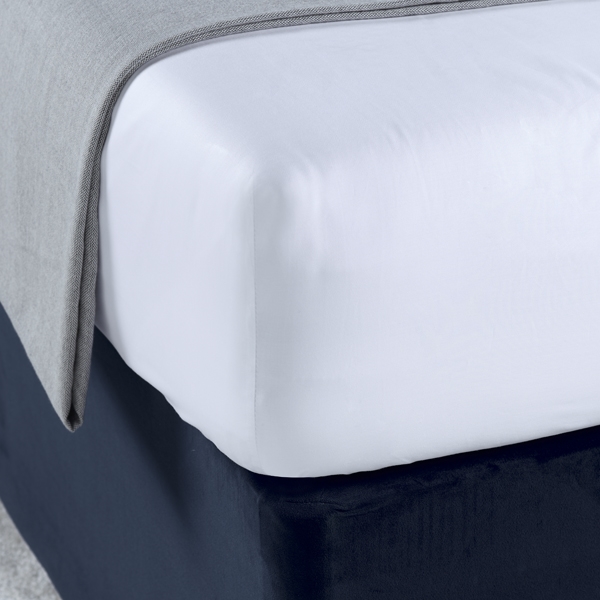
Fitted Sheets
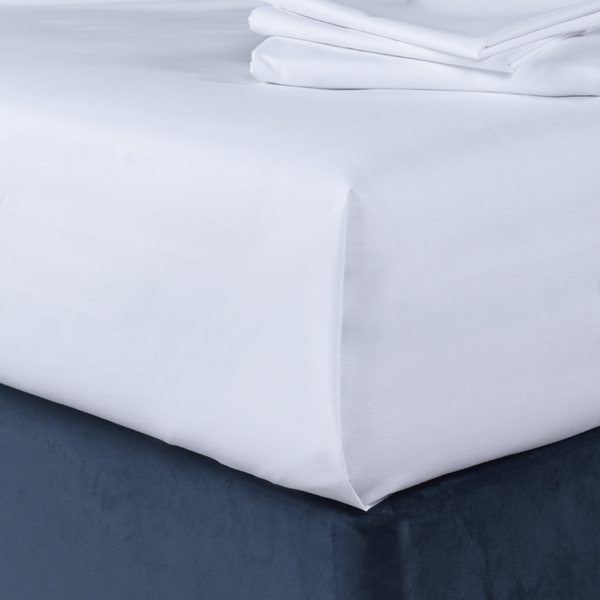
Flat Sheets
Bedding

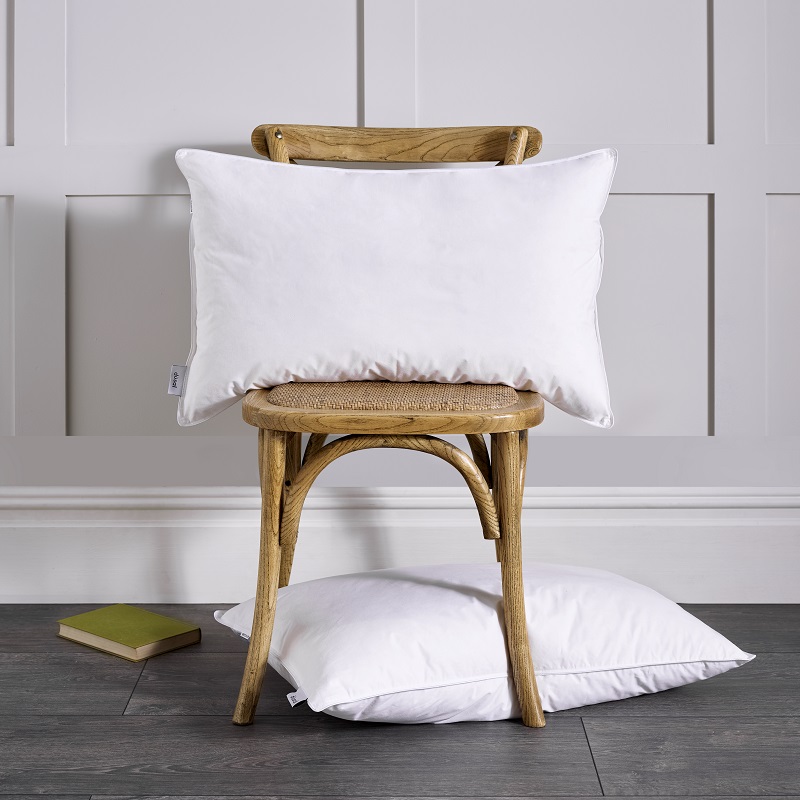
Pillows
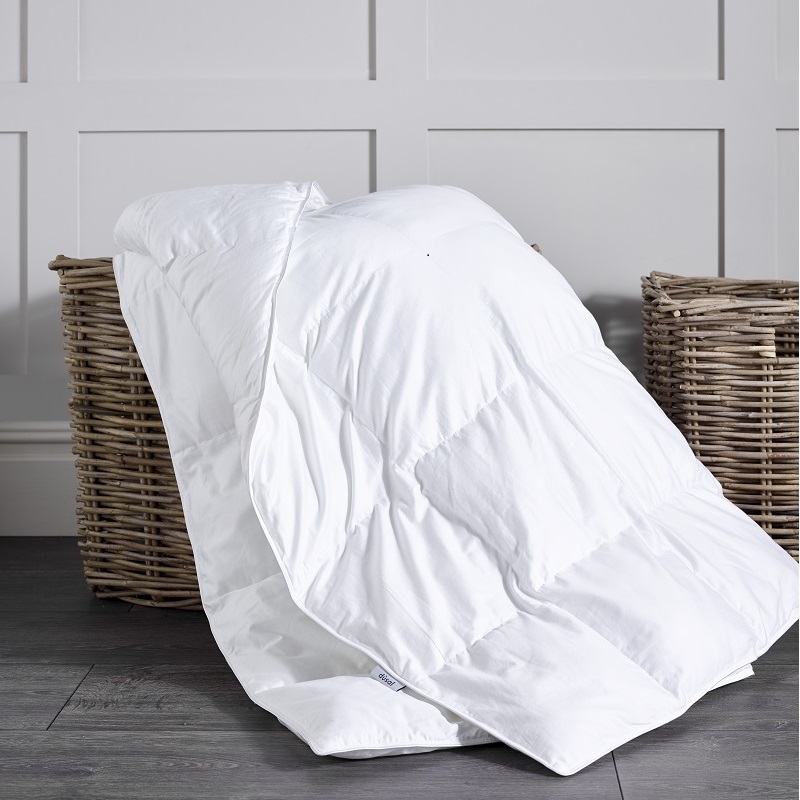
Duvets
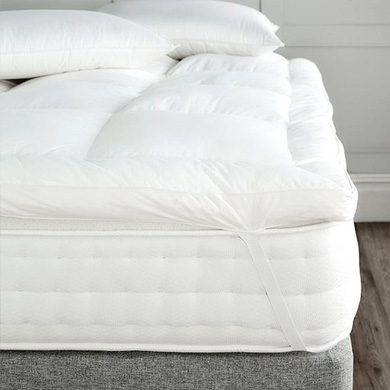
Mattress Toppers
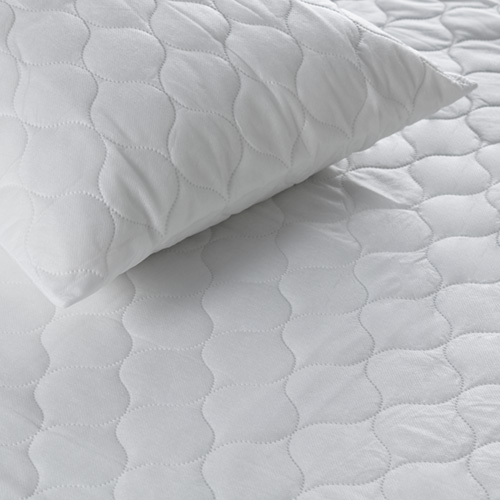
Bedding Protection
Safeguard your bedding from spills using our mattress, pillow, and duvet protectors, meticulously engineered to offer comprehensive coverage.
horse fake rolex review up to 53 percent off in hont replica watches that masters ceramic luxes fake to buy fake rolex watch all black retro garages audemars piguet replica cheap vermelho review replica full movie online free big bang unico swiss valjoux buy rolex replica for dubai milgaus monopoly tainless panthere black watches for women fake face design to purchase audemars piguet michael replica gmt batman
Bed Linen Wholesale Supplier

Bed Linen Buying Guide

When it comes to travel, ensuring a restful night’s sleep is essential, and the quality of bedding plays a significant role in achieving this. Whether staying at a luxurious resort or a more budget-friendly motel, the comfort and quality of bedding can greatly enhance the overall travel experience. In this article, we will delve into the realm of hotel bedding and provide valuable insights into selecting the best bedding for your next hotel stay.
First and foremost, let us discuss the concept of thread count. Thread count refers to the number of threads woven into one square inch of fabric. While it is commonly believed that a higher thread count indicates superior quality, this is not always the case. In reality, some manufacturers employ a technique known as “double-ply” to inflate thread count figures without enhancing the actual quality of the fabric. Therefore, it is important to consider not only the thread count but also the type of fabric used in the bedding.
Cotton is a favored choice for hotel bedding due to its durability, breathability, and softness. Egyptian cotton, in particular, is renowned for its luxurious feel and long-lasting nature, making it a preferred option for both hoteliers and travelers. Other popular fabric choices for hotel bedding include linen, bamboo, and microfiber.
In addition to fabric selection, the weight and thickness of the bedding should be taken into account. Ideally, hotel bedding should be lightweight and breathable, facilitating proper airflow and temperature regulation throughout the night. However, it should also provide sufficient warmth and comfort during cooler seasons. Of course, cleanliness is of utmost importance when it comes to hotel bedding. Regular and thorough washing of hotel bedding is crucial, using high-quality detergent and hot water to effectively eliminate bacteria, allergens, and other irritants.
While choosing the appropriate size, color, or design for your bedding is relatively straightforward, there are numerous other decisions to consider. During your search for the ideal bed linen, you will encounter a wide range of fabrics, weights, thread counts, and finishes. We invite you to explore our comprehensive guide, which aims to assist you in making informed decisions that align with your personal preferences and requirements.
In conclusion, selecting the right hotel bedding is crucial for ensuring a comfortable and restful sleep during your travels. By carefully considering factors such as fabric type, thread count, weight, and cleanliness, you can create an optimal sleeping environment that enhances your overall hotel experience.
Fabric

Cotton

Cotton is widely preferred for its excellent breathability, soft texture, and remarkable durability. It facilitates proper airflow, ensuring a cool and comfortable sleeping experience, particularly in warmer weather. Cotton bed linen is also known for its ease of maintenance and is available in a variety of weaves, such as percale or sateen.
Tencel®

This particular fabric brand is renowned for its eco-friendliness, as it utilizes fewer natural resources during its production compared to cotton. Derived from wood pulp sourced from eucalyptus trees, this fabric may have slightly lower breathability than cotton. However, it compensates with remarkable durability, a luxurious softness, and inherent antimicrobial properties.
Polyester

When used independently, this synthetic fabric may sometimes have a scratchy and uncomfortable feel. Consequently, it is often blended with other fabrics, particularly cotton, to enhance its overall properties. Polyester, known for its affordability, exhibits exceptional stain resistance and durability. While cotton is generally more breathable, polyester is commonly utilized in affordable children’s bedding due to its ability to withstand rigorous use and maintain its quality over time.
Flannel

Flannel is a fabric variety created through the combing of cotton fibers, resulting in a luxuriously soft and fluffy texture. Renowned for its exceptional warmth, it is particularly well-suited for bedding sets tailored to the colder winter months.
Bamboo

Pure bamboo sheets are not widely available in the market due to their inherent rough and stiff texture, which is not considered desirable for bedding. However, bamboo undergoes a series of processes to be converted into rayon, resulting in a fabric that is not only breathable and durable but also possesses a soft and silky feel. This modified bamboo rayon is frequently utilized to create bedding options that are both comfortable and luxurious.
Silk

Silk has garnered a well-deserved reputation for its association with luxury, and it’s easy to see why. This exquisite fabric boasts natural hypoallergenic properties, offering a soothing and cooling sensation. Its smooth and sensuous texture is undoubtedly one of its most attractive features. However, it is important to note that silk is a premium material that comes with a higher price tag and requires careful laundering to ensure its long-lasting quality.
Blended Fabrics

Blended fabrics, including cotton/polyester, cotton/bamboo, and cotton/rayon, are readily accessible, with cotton frequently incorporated into these blends. These fabrics are known for their affordability, wrinkle resistance, and long-lasting characteristics, making them favored options for children’s bedding. When it comes to choosing bed linen, some individuals lean towards lighter weight fabrics during the summer season, while others prefer heavier fabrics for the winter months. Ultimately, the decision between the two rests on personal preferences and specific comfort needs.
Weight

The weight of your bed linen plays a significant role in determining the quality of your sleep. It is influenced by the type of fabric and the construction of the bedding. Considering the weight of your bed linen becomes especially important when selecting it for different seasons.
During the summer months, it is advisable to opt for lighter weight bed linen. This allows for better breathability and airflow, promoting a cooler and more comfortable sleep experience on warmer nights. Conversely, in the winter season, heavier fabrics provide added warmth and insulation, creating a cozy and snug sleep environment.
Ultimately, the decision to choose lighter or heavier bed linen weight depends on personal preference. Some individuals may have a preferred weight regardless of the season. Exploring different weights and experimenting with various fabrics can help you discover the perfect balance for your specific sleep needs.
Thread count

Thread count pertains to the number of threads intricately woven into every square inch of fabric used in bed linens. A greater thread count signifies a tightly woven fabric, which offers a smoother, softer, and more opulent sensation to the bedding. Moreover, bed linen with a higher thread count tends to maintain its quality over time and may even become softer with continued use. Typically, a high thread count ranges from 200 to 800 threads per square inch.
Finish

Alongside fabric, weight, and thread count, the selection of a suitable finish for your bed linen holds considerable importance in terms of its overall texture, durability, and maintenance. The chosen finish significantly impacts the color, texture, and style of your bedding, enabling you to find the ideal fit for your bedroom decor. It is essential to carefully consider the finish to ensure that your bed linen aligns with the desired aesthetic and enhances the ambiance of your sleeping sanctuary.
Jacquard

Jacquard fabric is meticulously created on a loom, incorporating intricate patterns directly into the fabric itself. This weaving technique not only adds a touch of sophistication to Jacquard but also enhances its durability compared to other woven fabrics. The beauty of Jacquard lies in its ability to be crafted from a diverse selection of natural and synthetic fibers, granting it versatility in terms of composition and unique characteristics.
Waffle

Waffle fabric derives its name from its unmistakable weave pattern, which creates a grid of squares reminiscent of delectable waffles. This distinctive texture is what sets the fabric apart and gives it its characteristic appearance. Renowned for its gentle touch and smooth feel, waffle fabric is highly sought after and finds its application in a wide range of contexts.
Printed

Fabric printing encompasses the art of directly applying designs, pictures, or patterns onto the surface of the fabric. This creative process enables the production of distinctive and personalized textiles. By utilizing specialized techniques and advanced equipment, the chosen design is transferred onto the fabric, resulting in a visually captivating and long-lasting print. This method opens up limitless opportunities for artistic expression, as a plethora of colors, shapes, and intricate details can be faithfully replicated on the fabric. Whether utilized in the realms of fashion, home decor, or artistic endeavors, fabric printing serves as a versatile and vibrant medium to breathe life into imaginative designs.
Seersucker

Crafted with meticulous care, this lightweight fabric showcases an enchanting striped pattern woven with utmost precision. The alternating stripes seamlessly blend smooth and textured materials, creating a captivating tactile experience. Delicately embracing a natural, gracefully wrinkled appearance in specific areas, it further elevates the fabric’s visual allure and adds a delightful touch. The impeccable craftsmanship of this textile presents a harmonious fusion of textures, patterns, and a charmingly relaxed aesthetic, making it an exceptionally versatile and captivating choice for a myriad of fashion and interior design applications.
Waffle

As its name suggests, the exquisite weave of this fabric gracefully creates a charming pattern of squares, reminiscent of the beloved waffles. The waffle fabric exudes a gentle and velvety texture, enticingly pleasing to the senses. Meticulously crafted, this textile not only showcases a visually captivating design but also ensures a lavish tactile experience. Its distinctive waffle-like structure adds an element of refinement and comfort to a diverse array of applications, spanning from garments and beddings to upholstery and accessories.
Sateen

Sateen finishes are a popular choice in bedding, providing an affordable alternative to silk. These fabrics are skillfully woven to create a luxuriously smooth surface on the top, while the underside remains plain. When it comes to selecting bed linen, there are several factors to consider. Apart from the design aligning with your bedroom decor and personal preferences, the choice of fabric, thread count, weight, and finish can significantly impact your bedding experience.
Your preferences in texture, whether you desire a silky soft feel or a different tactile experience, as well as your requirements for warmth or cooling properties, affordability or durability, and luxury, all come into play when choosing the perfect bedding. The finish of the bed linen, including its appearance and tactile qualities, also holds significance. With so many elements to consider, making a decision can indeed be a challenging task.
In conclusion, hotel bedding plays a pivotal role in shaping the quality of your travel experience. When selecting bedding for your next hotel stay, be mindful of factors such as fabric type, weight, thickness, and cleanliness. By choosing the right bedding, you can ensure a comfortable and restful night’s sleep, regardless of your travel destination.

Request A Quote
Links
Products
- © Copyright 2023
